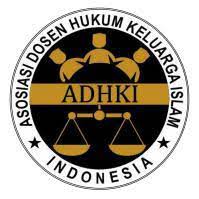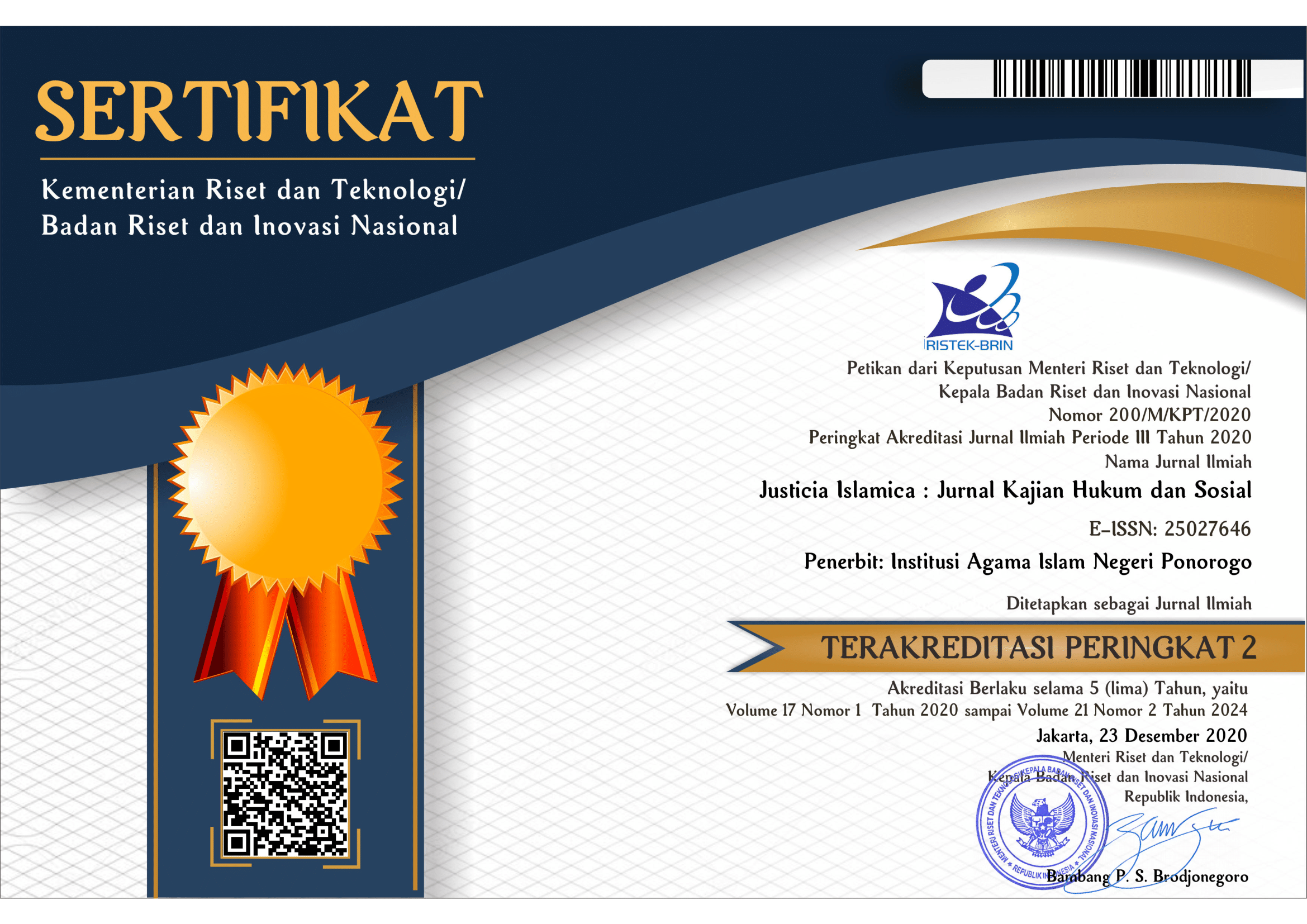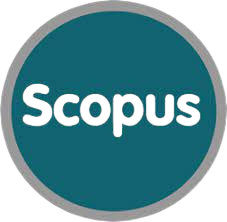Tinjauan Yuridis terhadap Perma No. 2 Tahun 2015 tentang Tata Cara Penyelesaian Gugatan Sederhana
DOI:
https://doi.org/10.21154/justicia.v14i1.1222Keywords:
Perma No. 2 Tahun 2015, penyelesaian gugatan sederhanaAbstract
The Supreme Court made a new breakthrough in the civil justice system with the issuance of Supreme Court Regulation No. 2 Year 2015 on the Procedure for Settlement of Simple Lawsuits. Disputes that can be resolved are default or breach of promise disputes with a maximum dispute value of Rp. 200,000,000.00 (two hundred million rupiah). Resolved with a maximum grace period of 1 month (25 working days). Every trial that takes place must be attended by both parties and or their attorneys in dispute. The judge who examines the case is a single judge, not a panel. When examined from the principles of civil procedural law, both in the HIR, Law No. 5 of 2004 concerning the Supreme Court, and Law No. 48 of 2009 concerning Judicial Power, there are many deviations from the principles of civil procedural law.
Downloads
Published
How to Cite
Issue
Section
License
Copyright (c) 2018 Martha Eri Safira

This work is licensed under a Creative Commons Attribution-ShareAlike 4.0 International License.
Requirements to be met by the author as follows:
- Author storing copyright and grant the journal right of first publication manuscripts simultaneously with licensed under the CC BY-SA allows others to share the work with a statement of the work's authorship and initial publication in this journal.
Authors can enter into the preparation of additional contractual separately for the non-exclusive distribution of a decadent version of the journal issue (e.g., post it to an institutional repository or publish it in a book), with the recognition of initial publication in this journal.
Authors are allowed and encouraged to post their work online (e.g., in institutional repositories or on their website) before and during the submission process because it can lead to productive exchanges and citations earlier and more severe than published works. (see The Effect of Open Access).
This work is licensed under CC BY-SA.


















